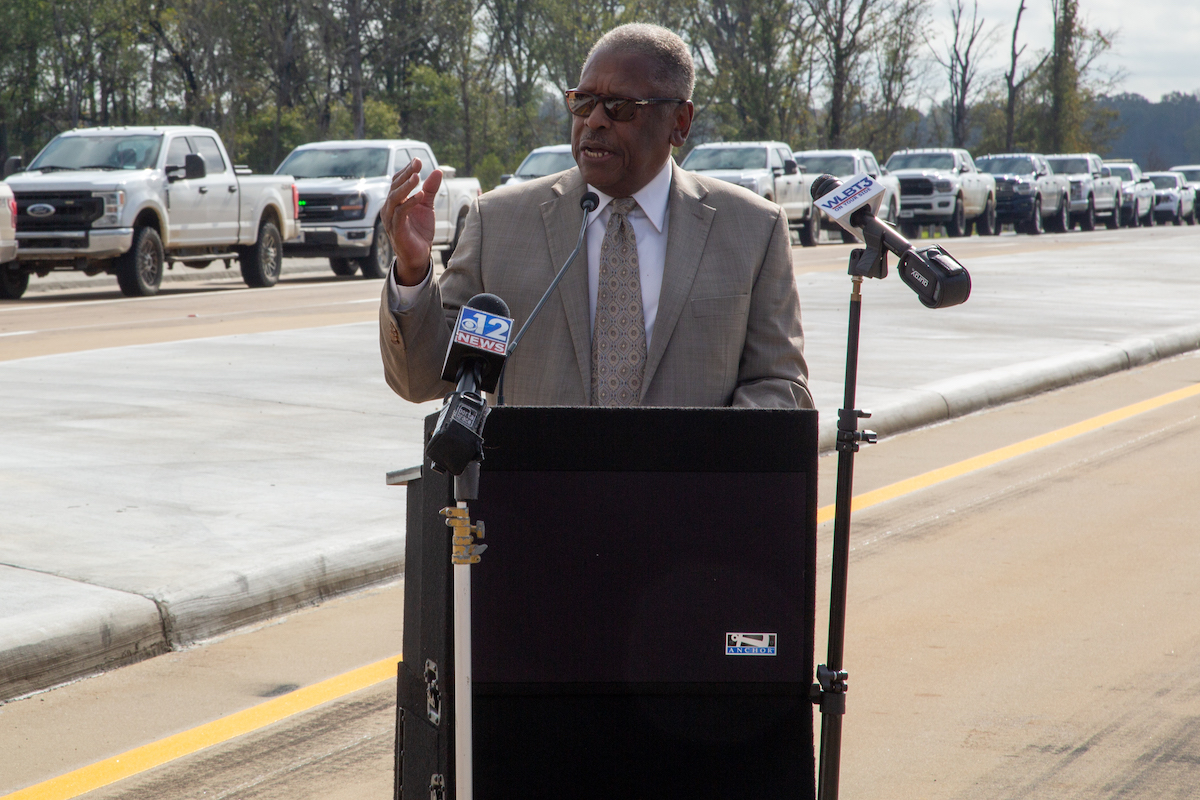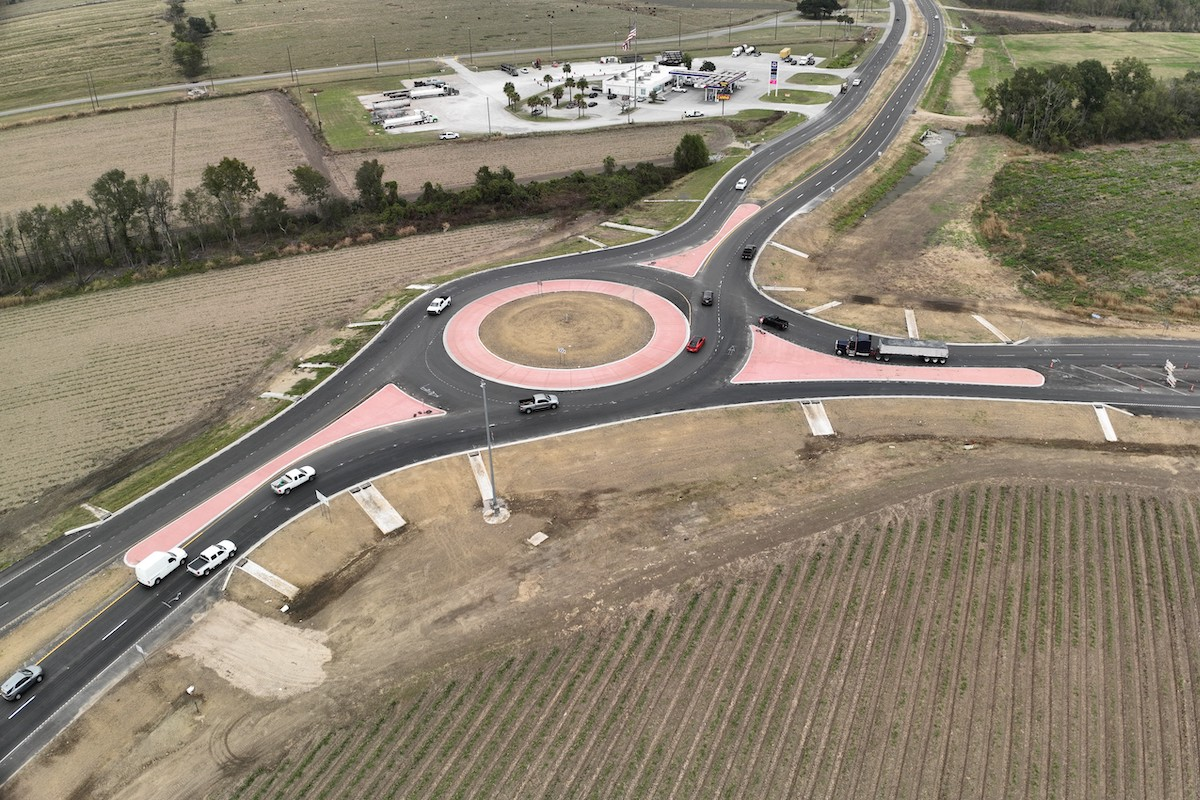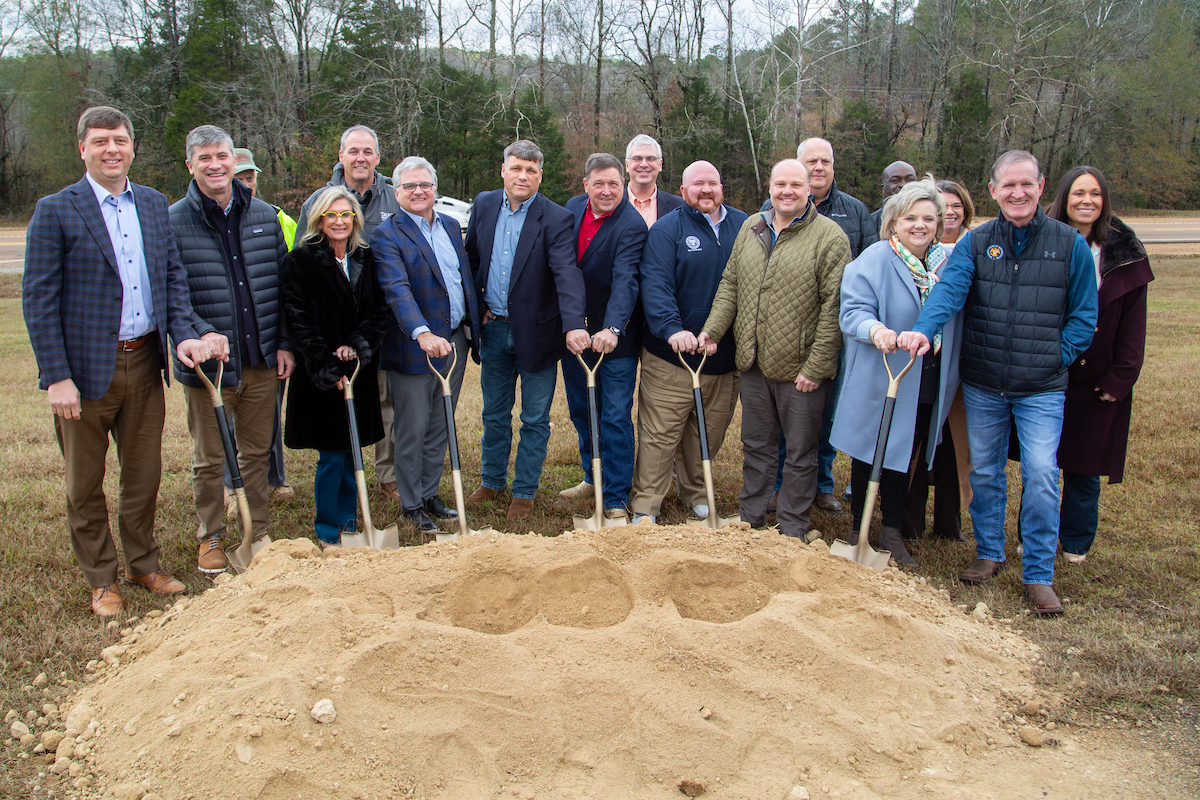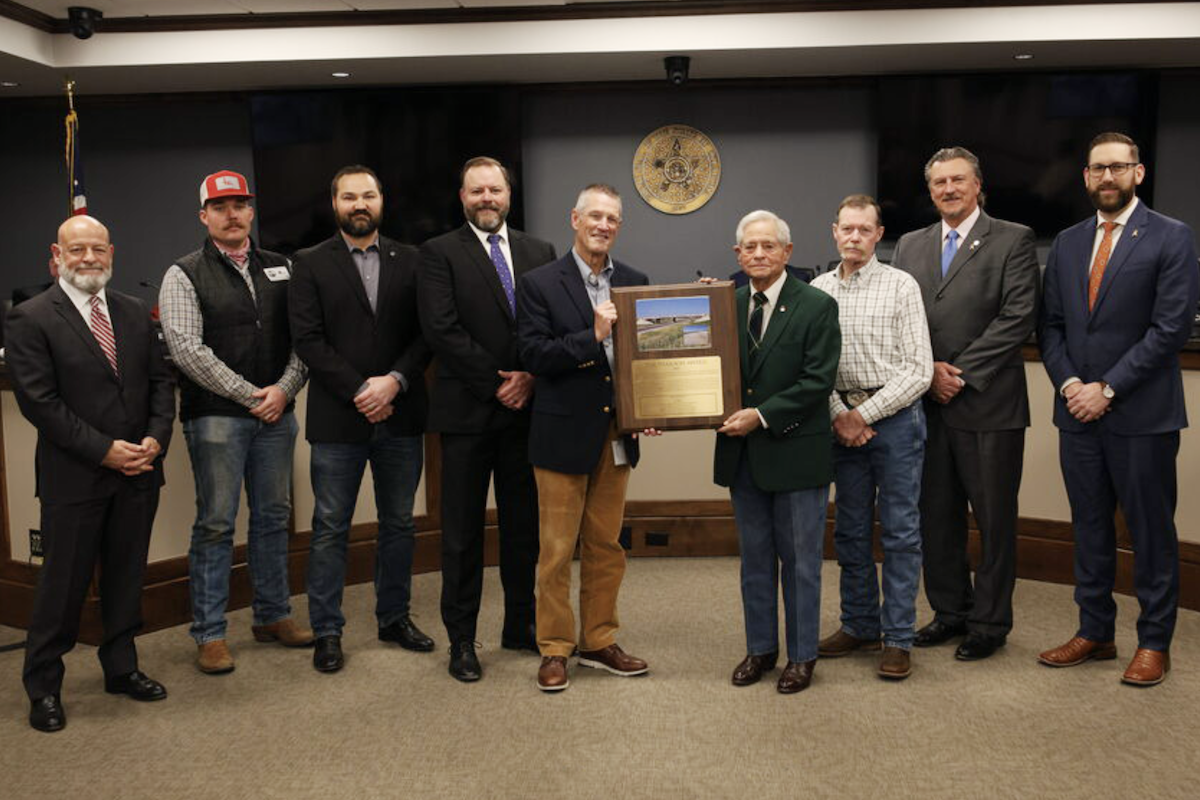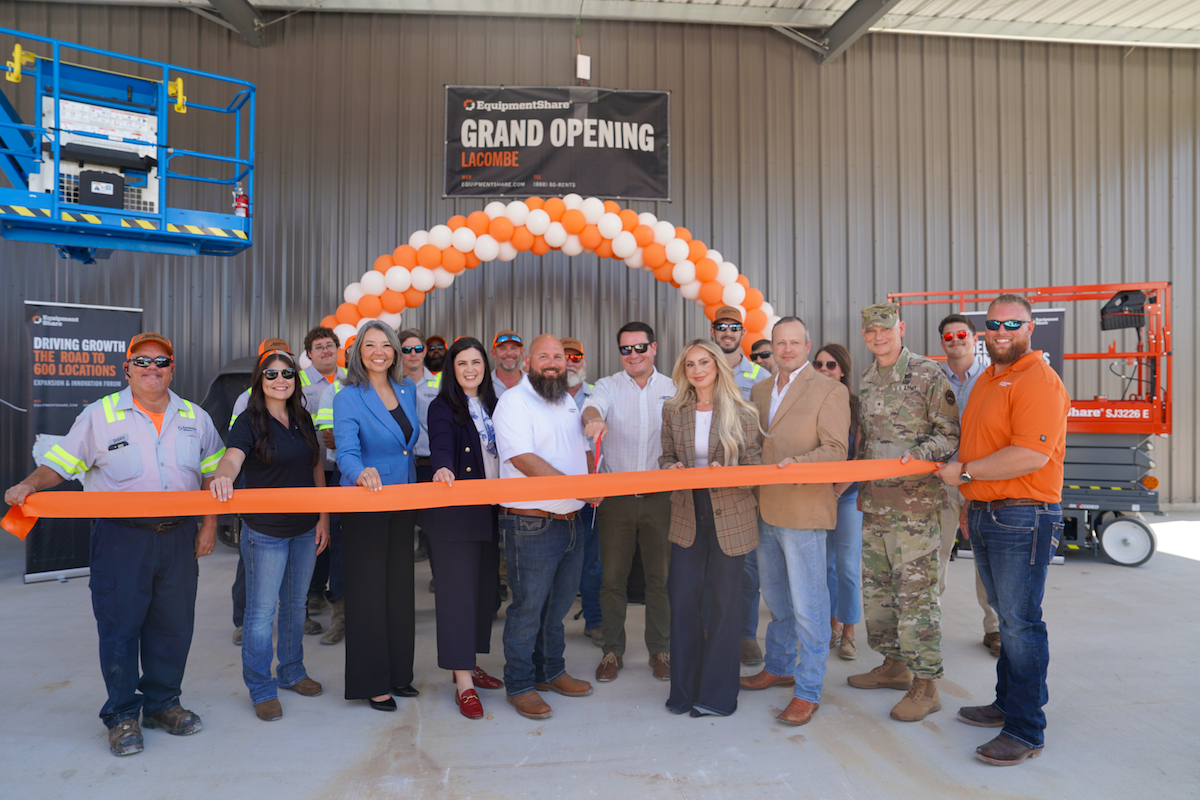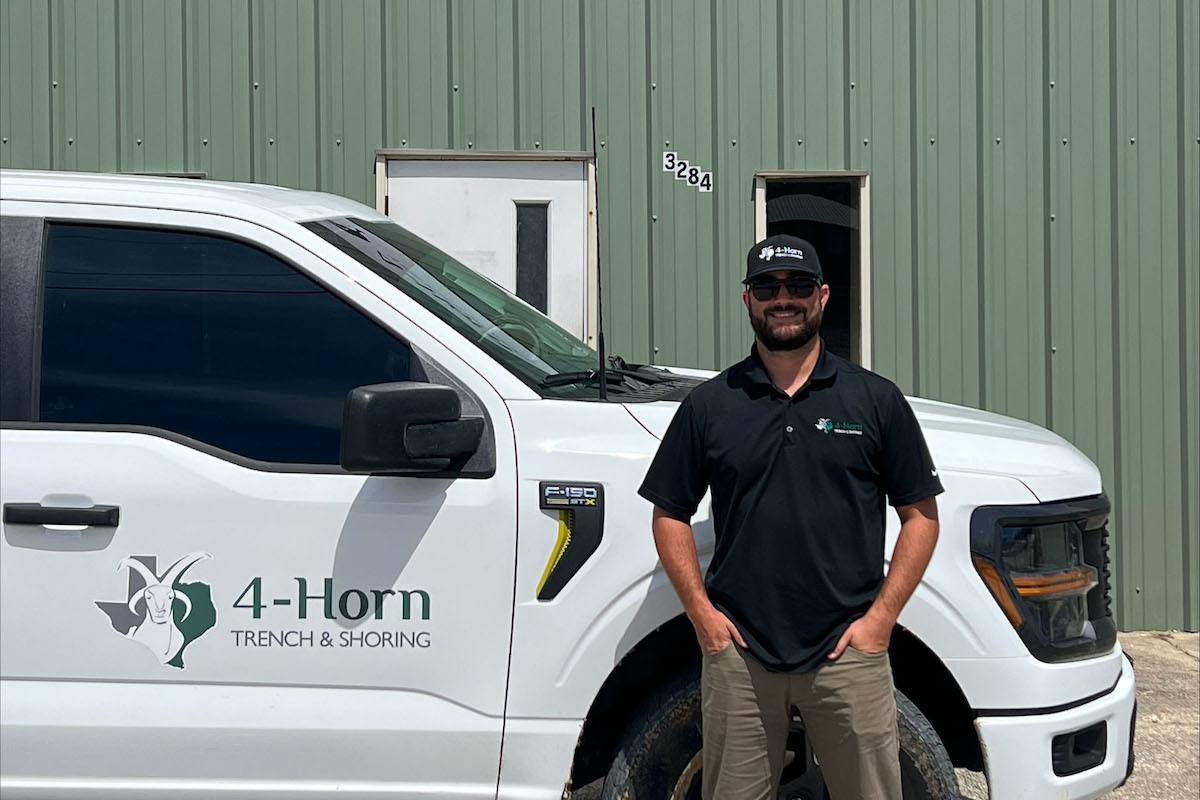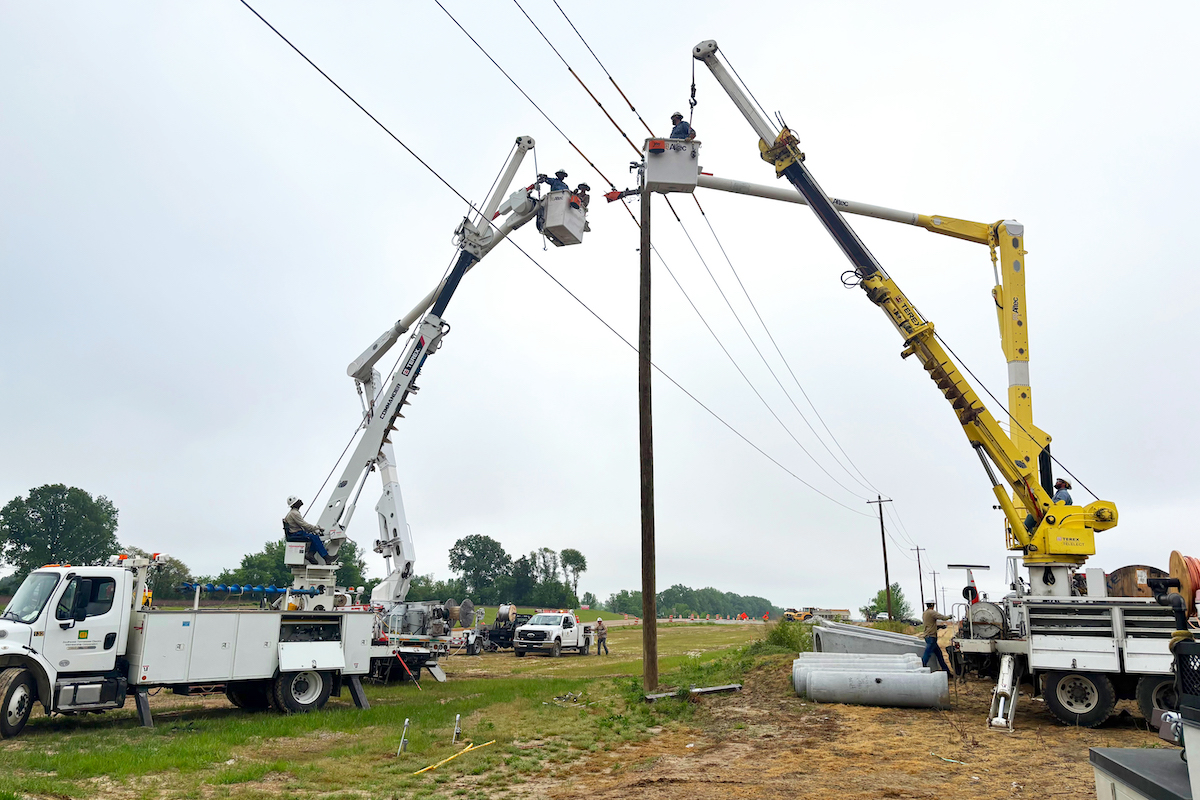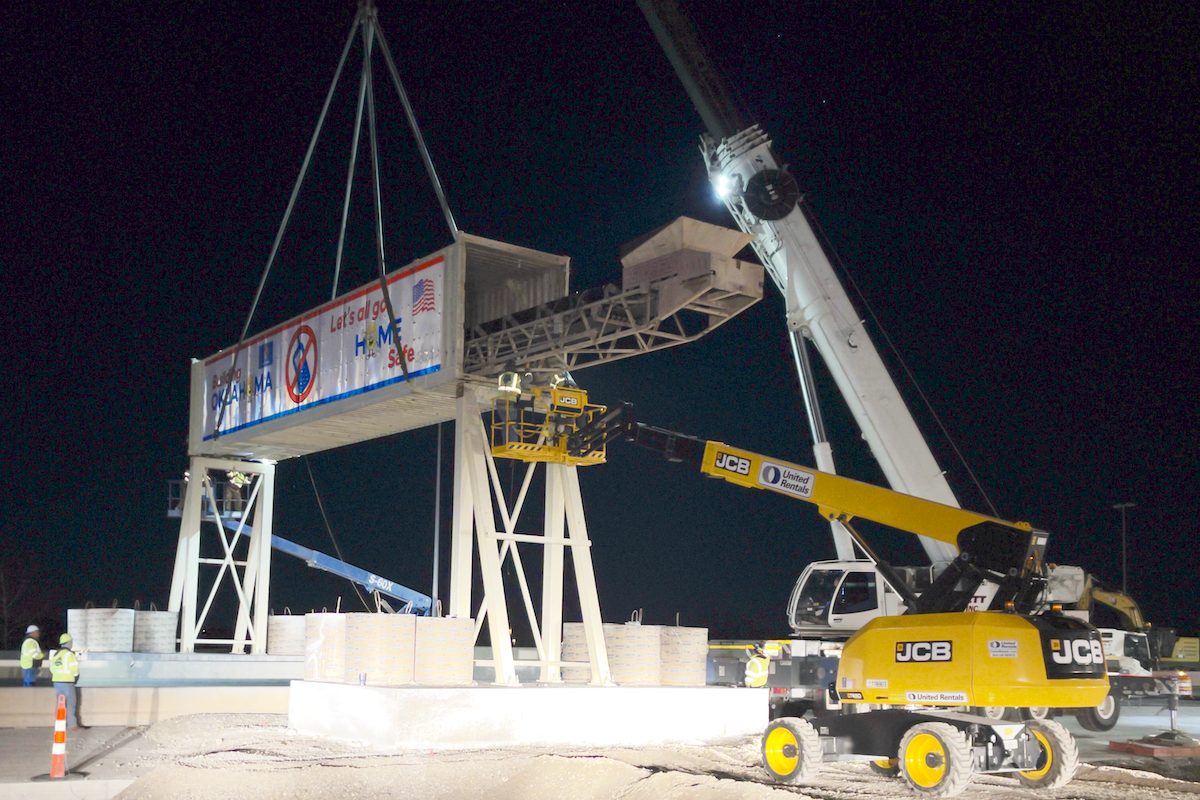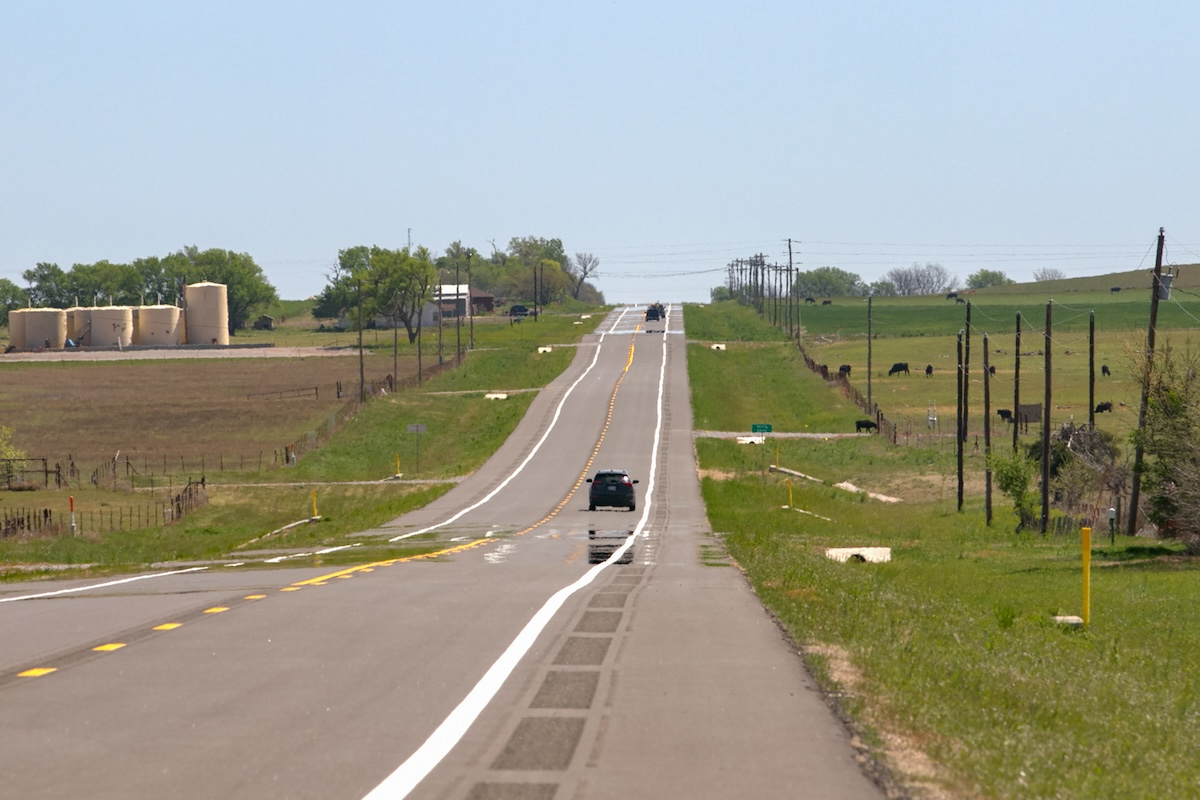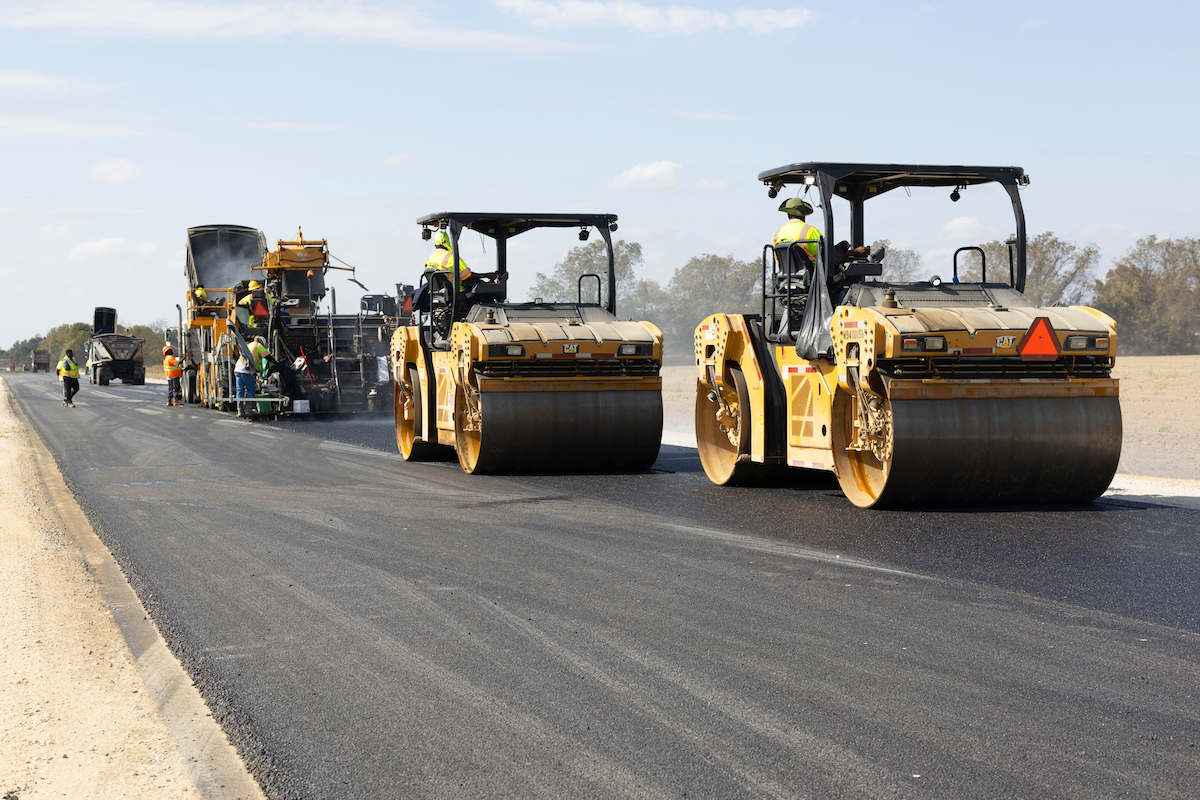Accurate locates are essential for accurate digs in underground construction jobs. In order to accurately locate buried utilities, contractors must first know if something else is present in the ground — electromagnetic interference.
An invisible adversary, interference can distort the signal of a utility locating system, resulting in it providing inaccurate information about what it detects underground. This can put horizontal directional drilling (HDD) crews at an increased risk of dangerous and costly utility strikes, especially in congested and “noisy” underground environments.
For every underground construction project, contractors should take steps to identify interference that can inhibit their locating systems. Knowing how the latest advances in locating technology specifically address interference can also help you be better informed and prepared to manage it.
Utility locating systems are impacted by two types of interference — passive and active.
Passive interference is generated by metal structures like chain-link fencing, pipe, rebar, guard rails, and underground steel drains or utility vaults. If present, these structures can distort the signal and shape of the magnetic field, impacting a locating system’s location and depth estimates.

| Your local Wirtgen America dealer |
|---|
| Kirby-Smith Machinery |
Active interference is created by an object or infrastructure that has a live current running through it. Common sources of active interference include power lines, fiber optic lines, cellular lines, traffic loops, and diesel generators. The magnetic fields produced by these sources can decrease the communication range of a locating system or distort its magnetic field.
There are well-established processes for identifying these two types of interference. Given how many potential sources of interference can be on any given job site, it’s important that contractors consistently follow these processes to help identify interference and choose the best operating frequency for each job.
As always, every underground construction project should begin with a call to 811. Digging shouldn’t happen, even if it’s mere inches, until buried utilities are marked.
After paint is on the ground, a visual survey of the bore path should be done to identify passive and active interference sources such as fencing, rails, culverts, and overhead lines.

| Your local Leica Geosystems Inc dealer |
|---|
| Laser Specialist inc |
The most accurate way to locate underground utilities is with the direct-connect method, meaning it should be used when it’s safe and feasible to do so. This method involves connecting a transmitter to the line that needs to be located and creating a current on the line that generates a signal detectable by the receiver.
A good ground stake is crucial, especially in rocky environments and areas where the soil has a low moisture content. Because the transmitter is the workhorse of a locating system, it needs enough connectivity to send a signal down to the target utility and get the signal back to the ground stake. For optimal connectivity, users should place the ground stake perpendicular to the targeted utility and avoid crossing other utilities.
Users often have a preferred frequency to operate their locating system on. But for more accurate locates, start by operating the system at the lowest frequency with enough power to get a clear peak signal. This reduces the risk of the system “bleeding off” or jumping onto an adjacent utility.
In some cases, like with power lines, direct connect can’t be used. Another option is the induction method, which involves inducing a signal by placing a ring clamp around the target utility. This method produces a signal that allows a locator to pinpoint a line with ease without disrupting the utility service for homes and businesses.

| Your local Case Construction Equipment Inc dealer |
|---|
| ASCO Equipment |
Another option is the broadcast method, which can be an effective way to sweep a job site and help identify potential abandoned utilities. This method involves using an antenna in the locating system to transmit a signal onto any nearby underground lines.
Locating systems continue to evolve to help contractors identify interference and accurately locate underground utilities amid it.
Modern locating systems, for example, offer dozens of frequencies to help users hone in on utilities on many different job sites. And the latest receiver technology can achieve centimeter-grade accuracy to help locate difficult-to-pinpoint utilities, like abandoned and untracked lines.
Some locating systems now include ambient interference measurement technology. It scans a job site for noise and then recommends which frequency on the equipment would be best to accurately identify and locate utilities.

| Your local Gomaco dealer |
|---|
| Clark Machinery |
Some locating systems also now include direction-enabled capabilities that allow an operator to set a reference on the targeted utility line to help them stay on that line. If the system gets off the targeted line and onto an adjacent utility or other line, it will alert the user. This feature can be especially useful for maintaining line identity on job sites that have multiple utilities or adjacent lines.
Additionally, modern locating systems enable the digital mapping of underground utilities. Their precision locating capabilities, high storage capacity, and integration with third-party mapping and GIS technologies make it easy to generate highly accurate maps. These maps can be another data point to help contractors combat interference. They also meet the requirements of a growing number of municipalities that want to create and maintain digital records of their underground utilities.
In today’s increasingly crowded easements, interference is an ever-present risk. By following locating best practices and using the latest innovations against interference, HDD contractors can accurately isolate lines and avoid cross bores in even the noisiest underground environments.















